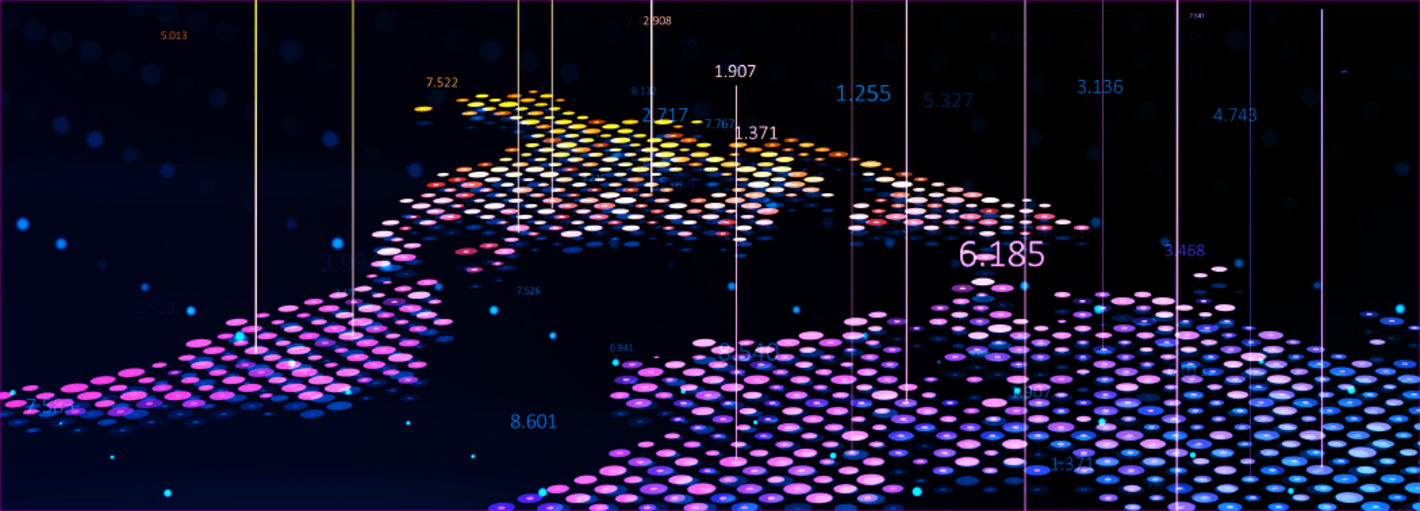
15 November 2023. Washington, D.C. PAHO – Over the past few decades Geographic Information Systems (GIS) has emerged as a crucial factor in preparing for and responding to health emergencies and disasters. The GIS Day -marked every year on November 15- is an annual event dedicated to the celebration of GIS technologies and their global applications.
The Pan American Health Organization (PAHO) uses GIS to detect, analyze, assess, and address health emergencies, under the lead of the Health Information and Risk Assessment Unit of the Health Emergencies Department.
The application of GIS in the context of emergencies is wide-ranging. During the COVID-19 pandemic, PAHO was engaged in the daily production of maps that depicted the status of COVID-19 prevalence and transmission in the Americas Region. The Organization’s GIS team gathered and processed case, death, and hospitalization data to produce hundreds of maps for all countries of the Region, providing key insight into the dynamics of the pandemic. Similarly, the work of the GIS team was critical in tracking the Monkeypox outbreak of 2022 and continues to supplement the monitoring of Avian Influenza in the Region.
In addition to helping public health personnel better understand the spread of infectious diseases and therefore to have key information to tackle the situation, GIS is also an indispensable tool in the context of emergencies caused by natural hazards. A case in point for such use of GIS is the Real-Time Natural Hazard Exposure tool developed by the GIS team. This tool helps users identify geographic areas and populations potentially exposed to natural hazards. The tool features live connections to natural hazard events such as earthquakes, floods, landslides, volcanic events, droughts, fires, and hurricanes. These connections are established through organizations including NOAA (National Oceanic and Atmospheric) and USGS (US Geological Survey). These data are overlayed with population and hospital location information which allows users to identify potentially impacted populations and the hospitals that serve them. As such, GIS has been very beneficial to monitor the impact of various natural hazards in the Region of the Americas.
A recent application developed by PAHO’s GIS team is a dashboard dedicated to tracking events of public health importance related to the El Niño Southern Oscillation phenomenon in the Region of the Americas. Given the well-documented impact of meteorological conditions on infectious disease incidence, it is safe to expect that El Niño conditions will affect the health of populations throughout the region of the Americas. This dashboard will help users visualize disease events on a spatiotemporal scale and in relationship with ENSO phenomena, allowing for a better understanding of the relationship between the El Niño phenomenon and disease patterns.
Going forward, the use of GIS in the context of emergencies will only continue to be even more relevant. With greater frequency and intensity of natural disasters anticipated due to climate change, our ability to monitor and even predict (in the case of phenomenon like coastal flooding) emergencies will greatly rely on GIS. On this GIS day, we celebrate the progress in the use of this technology to respond to health emergencies and disasters.



